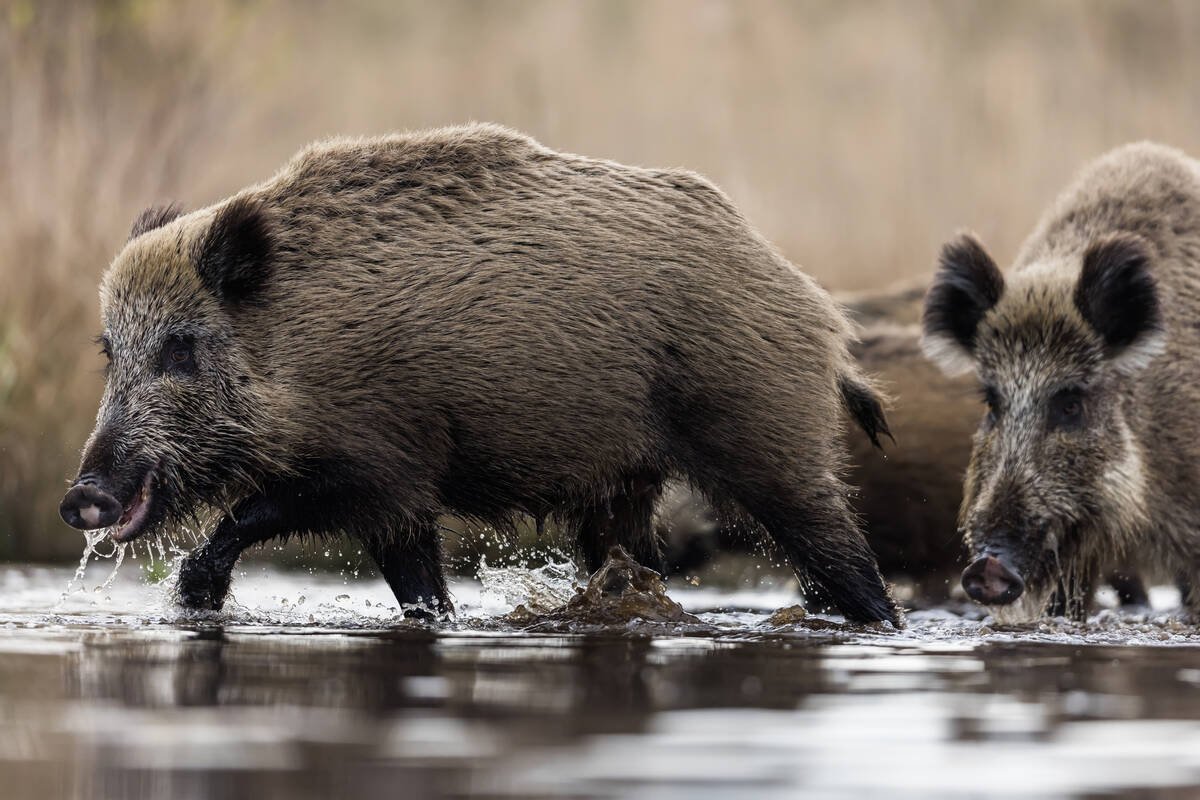The changes Canadian electricity utilities now face are an echo of changes already experienced in the United States.
There, like here, the system once was heavily regulated by all levels of government. Local power companies were established under the Rural Electrification Administration, similar to the Alberta model, and acted as buyers of the power generated by large utilities.
As early as the 1930s, American governments created rural electrification and development policies through low interest loans to the REAs and subsidized rural power projects.
The American system began to open up in the mid-1980s after legislative changes that allowed and encouraged competition between large traditional utilities and smaller power generators.
Read Also

Manitoba bans wild boar possession
Manitoba has tightened the regulatory status of Eurasian wild boar in an effort to help fight back against invasive wild pigs.
Last year, federal authorities ordered the utilities to transmit power from non-traditional producers through their grid systems.
“Right now the emphasis is on deregulating generation and allowing competition,” according to John Tschirhart from the University of Wyoming. “Many non-traditional power producers will be competing with the big traditional utilities.”
He has argued this could benefit larger and urban consumers at the expense of rural consumers.
The answer, for some, is that small local power generators will arise to meet the rural demand.
Roya Stanley, bureau chief of the Iowa department of energy, said her state now has more than 100 electrical energy producers and more are likely to arrive.
“Distribution and generation methods for the rural user are going to have to change, and it may be for the better,” she said.
Still, there is a lingering suspicion that the end of rural electricity subsidies will mean higher rural costs. It may make some energy-intensive farm operations impractical.
“These changes are coming and we had better be prepared for them, otherwise we will be overwhelmed,” said Stanley.














